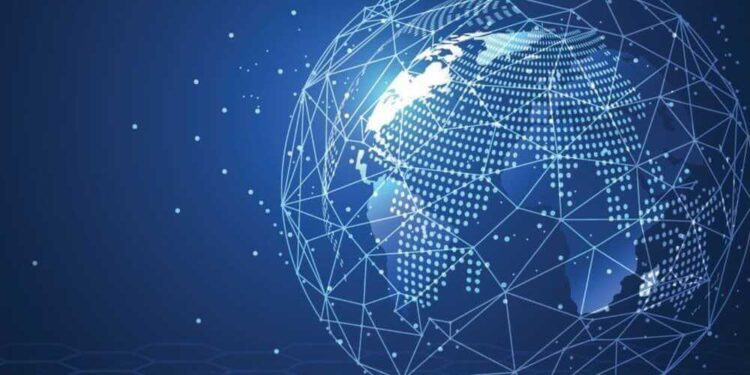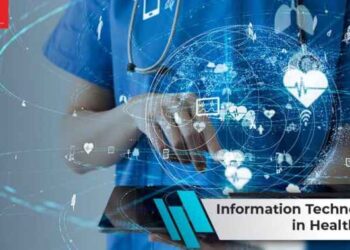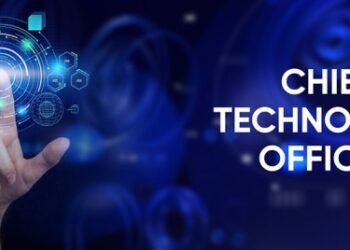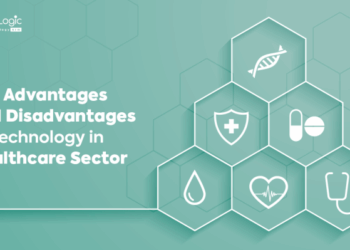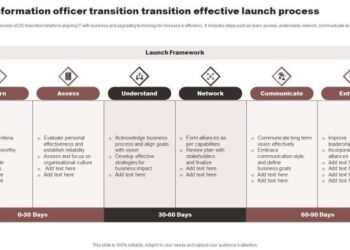Exploring the realm of Future-Proof Technologies That Will Shape 2030, this introduction aims to provide a captivating glimpse into the transformative power of cutting-edge innovations.
Setting the stage for an enlightening discussion, the following paragraphs will delve into the intricate details of key technologies revolutionizing the future landscape.
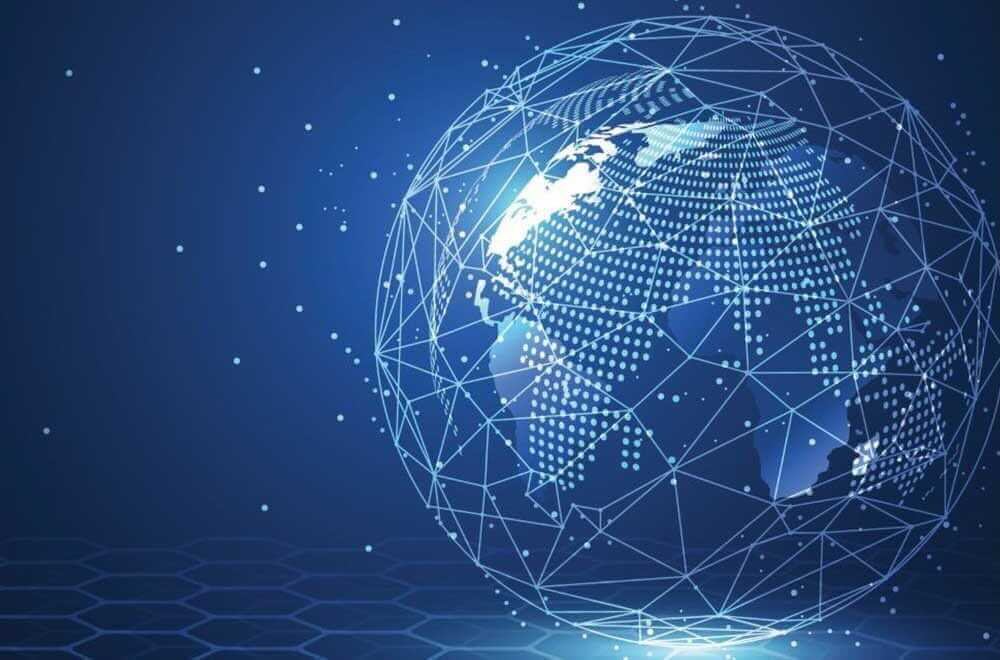
Future-Proof Technologies Overview
In the context of 2030, future-proof technologies refer to innovative solutions and advancements that are designed to adapt and remain relevant in the face of rapidly changing technological landscapes and evolving needs.
Key Characteristics of Future-Proof Technologies
Future-proof technologies possess certain key characteristics that set them apart from traditional technologies:
- Flexibility and adaptability to accommodate changes and upgrades.
- Scalability to grow and expand with increasing demands.
- Resilience to withstand disruptions and challenges.
- Interoperability to seamlessly integrate with other systems and technologies.
- Sustainability to minimize environmental impact and promote long-term viability.
Examples of Technologies Shaping 2030
Several current technologies are poised to shape the future in 2030:
- Artificial Intelligence (AI) and Machine Learning: AI-driven technologies are transforming industries and driving automation and personalization.
- Internet of Things (IoT): IoT devices are connecting everyday objects and enabling smart homes, cities, and industries.
- Blockchain: Blockchain technology is revolutionizing transactions, supply chain management, and data security.
- Renewable Energy Solutions: Innovations in solar, wind, and hydro energy are paving the way for a sustainable future.
- Biotechnology: Advances in biotech are reshaping healthcare, agriculture, and environmental conservation.
Importance of Investing in Future-Proof Technologies
Investing in future-proof technologies is crucial for long-term sustainability and competitiveness:
- Enhanced Efficiency: Future-proof technologies optimize processes and improve productivity.
- Innovation and Growth: Investing in cutting-edge technologies fosters innovation and opens new growth opportunities.
- Resilience and Adaptability: Future-proof technologies enable organizations to adapt to changing market conditions and disruptions.
- Sustainability: Embracing sustainable technologies helps reduce environmental impact and meet evolving regulatory requirements.
- Competitive Advantage: Organizations that invest in future-proof technologies gain a competitive edge in the market and attract top talent.
Artificial Intelligence and Machine Learning
Artificial Intelligence (AI) and Machine Learning (ML) are expected to undergo significant advancements by 2030, revolutionizing various industries and shaping society in ways we can only imagine today. AI systems are projected to become more sophisticated, capable of complex decision-making and problem-solving tasks, while ML algorithms will become more efficient and accurate in analyzing vast amounts of data to extract valuable insights.
Evolution of AI and ML by 2030
AI and ML technologies are anticipated to evolve rapidly by 2030, with AI becoming more autonomous and adaptable to dynamic environments. ML algorithms will continue to improve in terms of accuracy and speed, enabling them to handle increasingly complex datasets with ease.
The integration of AI and ML into various applications and systems will become more seamless, leading to a surge in productivity and innovation across industries.
Impact of AI and ML on Different Industries
The impact of AI and ML on different industries is profound, with sectors such as healthcare, finance, transportation, and manufacturing experiencing significant transformations. In healthcare, AI-powered diagnostic tools and personalized treatment plans are revolutionizing patient care, while in finance, ML algorithms are enhancing fraud detection and risk management.
The transportation industry is seeing advancements in autonomous vehicles, and manufacturing processes are becoming more efficient through predictive maintenance enabled by AI and ML.
Ethical Considerations of AI and ML
As AI and ML technologies become more prevalent, ethical considerations surrounding their use are becoming increasingly important. Issues such as data privacy, algorithm bias, and the potential for job displacement need to be carefully addressed to ensure that these technologies are deployed responsibly and ethically.
Establishing clear guidelines and regulations for the development and deployment of AI and ML systems will be crucial in mitigating these ethical concerns.
Applications of AI and ML in Shaping Society by 2030
By 2030, AI and ML are expected to play a crucial role in shaping society in various ways. From personalized education platforms and smart cities to enhanced cybersecurity measures and predictive healthcare, the applications of AI and ML will be ubiquitous in our daily lives.
These technologies have the potential to drive social progress, improve quality of life, and address complex societal challenges by harnessing the power of data-driven decision-making and automation.
Internet of Things (IoT) and Smart Devices
The Internet of Things (IoT) and smart devices play a crucial role in shaping the future landscape by connecting physical devices and enabling them to communicate and exchange data over the internet. This interconnected network of devices has the potential to revolutionize various sectors and transform daily life as we know it
.
IoT Integration Across Sectors
IoT is currently being integrated into various sectors such as healthcare, agriculture, transportation, and manufacturing. In healthcare, IoT devices like wearable health trackers and remote monitoring systems help in tracking patient health data and providing personalized care. In agriculture, IoT sensors are used to monitor soil conditions, weather patterns, and crop health to optimize farming practices.
In transportation, IoT enables smart traffic management systems and autonomous vehicles. In manufacturing, IoT devices are used for predictive maintenance, inventory management, and process optimization.
Challenges and Opportunities of IoT Adoption
The widespread adoption of IoT by 2030 presents both challenges and opportunities. Challenges include data privacy and security concerns, interoperability issues among different devices and platforms, and the need for robust infrastructure to support the growing IoT ecosystem. However, the opportunities are vast, with the potential for increased efficiency, cost savings, and improved decision-making across industries.
Impact of IoT on Daily Life and Industries
In the next decade, IoT is predicted to have a profound impact on daily life and industries. Smart homes equipped with IoT devices will offer increased convenience, energy efficiency, and security. Industries will benefit from IoT-enabled predictive maintenance, real-time data analytics, and enhanced supply chain management.
The seamless integration of IoT into various aspects of life will lead to a more connected and automated world.
Renewable Energy and Sustainable Technologies
Renewable energy and sustainable technologies play a crucial role in future-proofing our tech-driven world. By harnessing clean energy sources and implementing eco-friendly practices, we can ensure a more sustainable and environmentally friendly future.
Renewable Energy Sources Importance
Renewable energy sources such as solar, wind, hydro, and geothermal power are essential for reducing our dependence on fossil fuels and mitigating climate change. These sources are abundant, clean, and renewable, making them a reliable and sustainable alternative to traditional energy sources.
- Solar power: Solar panels convert sunlight into electricity, providing a clean and renewable energy source for homes, businesses, and communities.
- Wind power: Wind turbines harness the power of wind to generate electricity, offering a sustainable energy solution with minimal environmental impact.
- Hydro power: Hydropower plants utilize the energy of flowing water to produce electricity, offering a reliable and renewable energy source.
- Geothermal power: Geothermal energy taps into the heat beneath the Earth's surface to generate electricity and heat buildings, providing a sustainable energy option.
Innovative Sustainable Technologies by 2030
Innovative sustainable technologies that are likely to dominate by 2030 include energy storage solutions, smart grids, and green building technologies. These advancements aim to enhance energy efficiency, reduce carbon emissions, and promote sustainable living practices.
- Energy storage solutions: Battery technologies and energy storage systems are crucial for storing excess renewable energy and ensuring a stable and reliable power supply.
- Smart grids: Smart grid technologies enable efficient energy distribution, real-time monitoring, and demand response, optimizing energy usage and reducing waste.
- Green building technologies: Sustainable building practices, such as passive design, energy-efficient materials, and renewable energy integration, are essential for constructing eco-friendly and energy-efficient buildings.
Environmental Benefits of Renewable Energy
Renewable energy offers numerous environmental benefits compared to traditional sources. By reducing greenhouse gas emissions, minimizing air and water pollution, and conserving natural resources, renewable energy helps combat climate change and protect the environment for future generations.
Renewable energy sources are key to achieving a sustainable and carbon-neutral future, promoting environmental conservation and mitigating the impacts of climate change.
Economic Implications of Transitioning to Renewable Energy
Transitioning to renewable energy technologies has significant economic implications, including job creation, cost savings, and economic growth. By investing in renewable energy infrastructure and transitioning to clean energy sources, countries can stimulate economic development, reduce energy costs, and create new opportunities in the green economy.
Last Word
In conclusion, the dynamic interplay between technology and progress lays the foundation for a future defined by innovation and sustainability. As we navigate the complexities of tomorrow, embracing these future-proof technologies is not just a choice but a necessity for the world we envision in 2030 and beyond.
Common Queries
What defines future-proof technologies?
Future-proof technologies are those that possess longevity, adaptability, and resilience to evolving trends, ensuring relevance and effectiveness well into the future.
How will AI and ML impact industries by 2030?
AI and ML are poised to revolutionize industries by enhancing automation, decision-making processes, and personalization, leading to increased efficiency and innovation.
What role does IoT play in shaping the future landscape?
IoT facilitates connectivity between devices, enabling data-driven insights, automation, and efficiency enhancements across various sectors, ultimately transforming how we interact with our environment.
Why is investing in renewable energy crucial for future-proofing technology?
Renewable energy sources offer sustainable alternatives to traditional fuels, reducing carbon footprints, mitigating climate change, and ensuring a cleaner, healthier future for generations to come.


